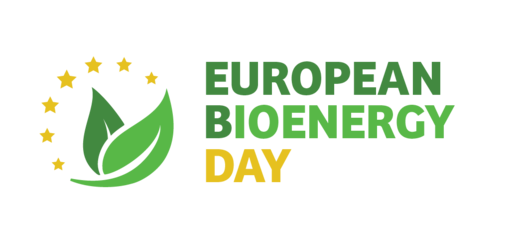
Firing up ceramics with biomass
A story brought to you by

The Ceramics of Outeiro do Seixo is a company dedicated to the production and marketing of red clay construction bricks and tiles. Based in the central region of Portugal, the raw materials used in this industry can be found in abundance. In order to keep it this way, the company is dedicated to safeguarding the maximum protection for the environment by enforcing measures in the sourcing and management of natural resources, using cleaner technologies, and establishing appropriate waste management to meet waste policy targets.
Keeping to this philosophy, in 2007, the company first began partially replacing the fossil fuels used in the manufacturing process with biomass, reducing fossil fuel dependence while harnessing biomass resources from the local regions. The primary objective for using biomass in the production of heat (firing) was the reduction of CO2 emissions and the profit generated by the sale of allowances that resulted from burning of biomass (zero emission) rather than fossil fuels.
In brick and tile manufacturing, the greatest consumption of energy and gas emissions occur in the drying and cooking stages of the production process. The drying phase aims to reduce the amount of water in the products before entering the furnace. After shaping the brick, it is dried in chambers at temperatures between 30 and 70 degrees Celsius. The drying time is variable and fluctuates around 16 hours. After drying, the bricks are baked in kilns where they are continuously subjected to temperatures ranging between 800 and 1.000 degrees Celsius. The furnace is composed of several parts such as the Ante-Fire and the cooking and cooling areas. The objective of these steps is the gradual increase of temperature to the firing zone and the decrease afterwards. The firing time during this stage is variable, around 24 hours. The main innovation in this project was adapting the existing equipment that had previously only worked with petroleum coke and implementing changes to make it compatible with biomass only, or by co-firing biomass with petroleum coke. Because only a few changes for the existing system for solid fuels were made, the costs were not very significant. Since then, the Ceramics of Outeiro do Seixo has kept increasing the consumption of biomass in its energy mix.
